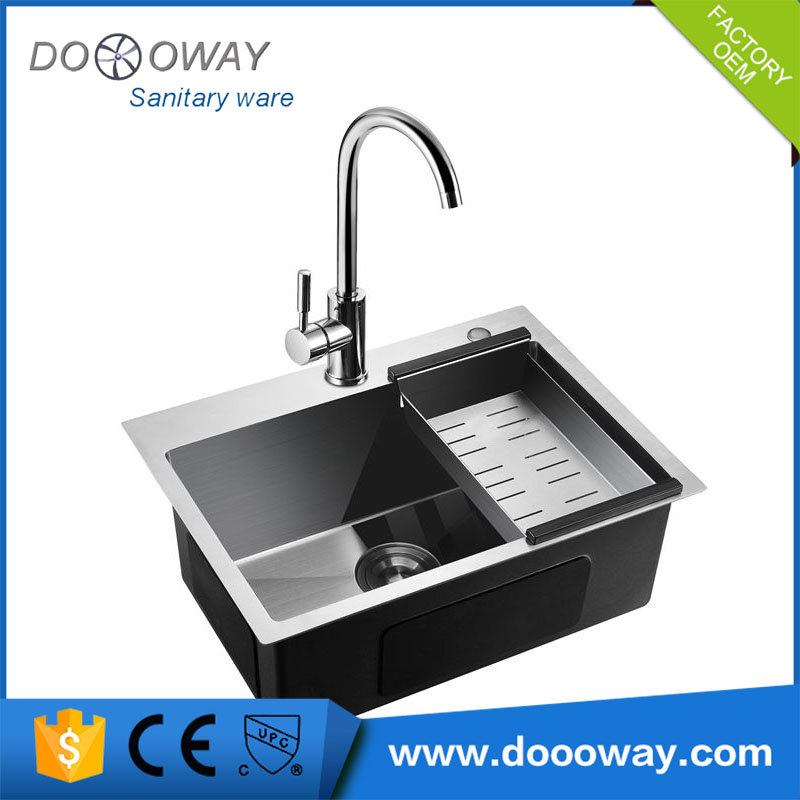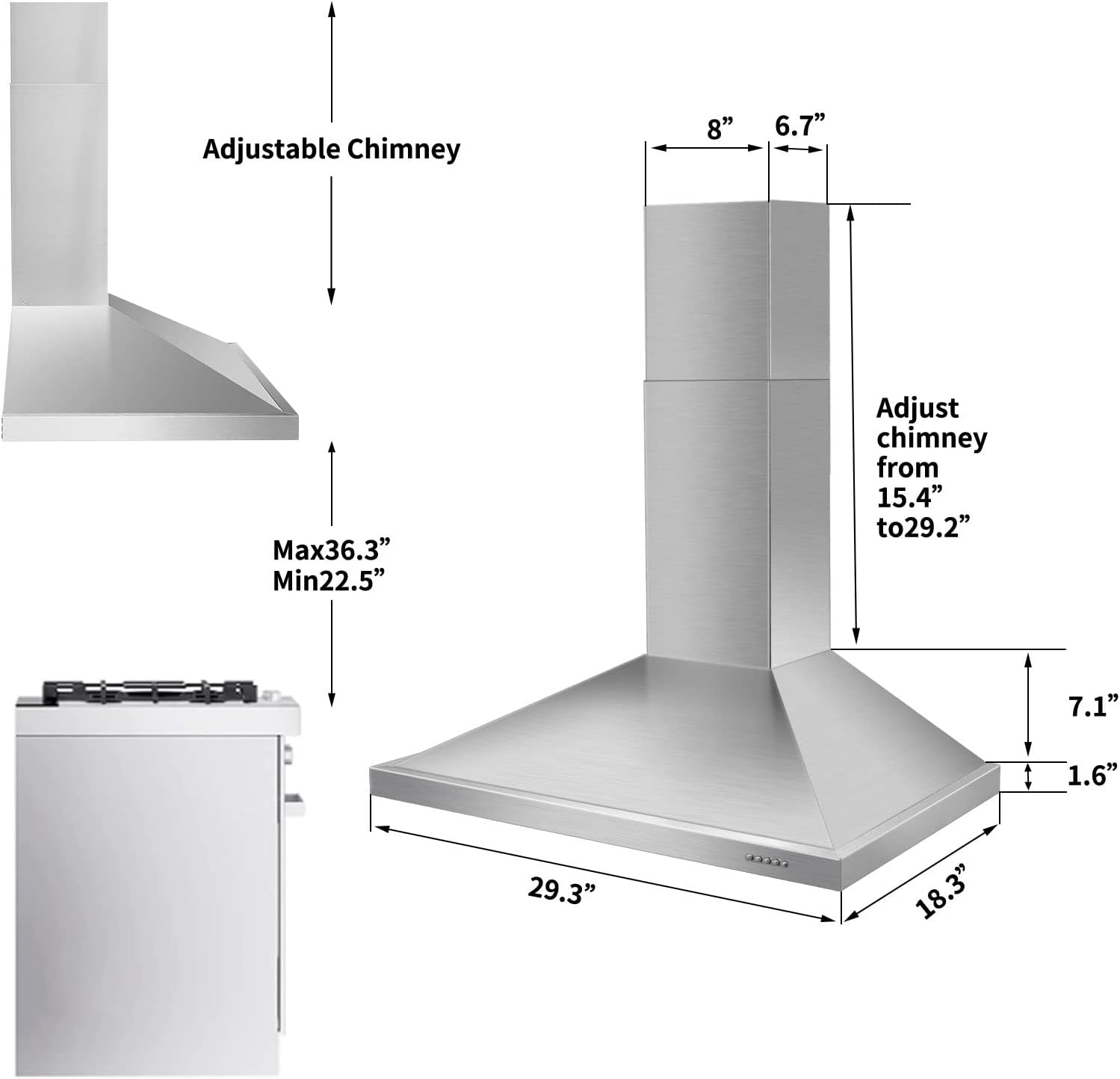
Thicker sinks will usually have more noise control. This is because thicker sinks are more durable, meaning they will last longer. A lower gauge (a thicker sink) is often a better option. Most sinks fall between sixteen and twenty-two inches thick. For example, a 16 gauge sink will state 0.625 inches. Lower numbers mean thicker steel as opposed to common sense. This will simplify your shopping process: Knowing these definitions will help you shop.īefore getting into the pros and cons of stainless undermount sinks, we’ll define some common terminology used. Before diving into that, we'll define some standard terms. This will include pros and cons, equaling twelve things you should know.

To help you with decision-making, we will provide you with a helpful guide. However, if you’re considering this type of sink, there are things you should know. One of its selling features is its affordability. Stainless steel sinks can still be found in millions of homes. One of the most popular options is the stainless steel undermount sink. Each material has its own list of benefits and setbacks. As design has evolved, several different materials can be used for sinks. She’s also included information about each kitchen sink and a shopping guide to help you define your needs and pick the best model for your kitchen.There are many different types of kitchen sinks on the market. This list has covered a variety of styles, sizes, and other characteristics. She conducted extensive research and evaluated customer reviews before compiling this list of the highest-quality kitchen sinks. The author of this article, Sakshi John, specializes in writing for kitchenware and home items. Water drainage: Choose a sink that promises quick and easy drainage so that there is no water clogging in your sink and it stays clean.Other options include stone sinks that are heavy but beautiful and composite sinks that use acrylic resin with filler, and cast iron sinks coated with porcelain. Material: You may choose a stainless steel sink, one of the most common choices because it is easy to clean and durable.Compared with the latter, the former is easier to install. The undermount sink needs to be held using various clamps, clips, or glue to keep it in place. Undermount versus top mount sinks: Top mount sinks are installed by dropping them in the hole on the countertop.Single versus double bowl: According to your needs and the kitchen’s size, you can decide whether you need a single bowl small kitchen sink, or a double bowl sink.Also, consider the sink’s functionality as a prep sink can be smaller in size, but a cleanup sink must be large enough.



 0 kommentar(er)
0 kommentar(er)
